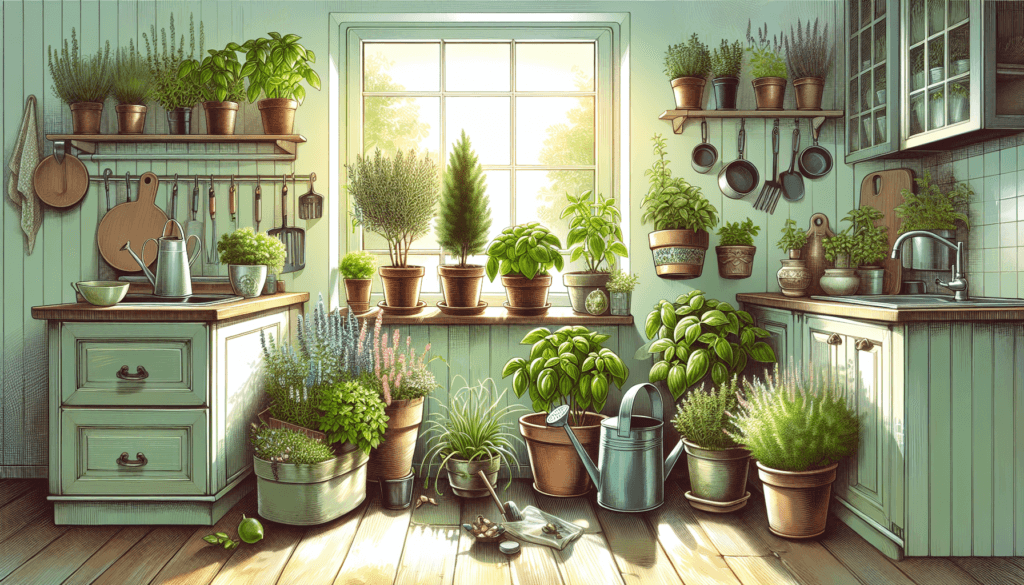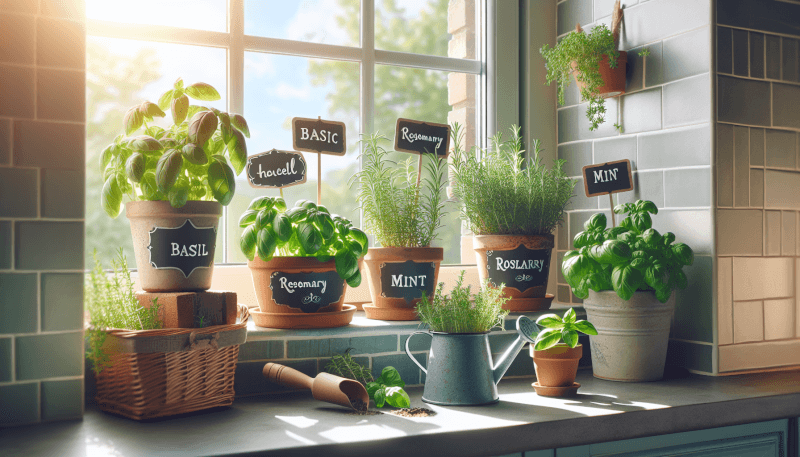If you’re looking to add fresh flavor to your home-cooked meals and bring a touch of greenery into your kitchen, starting a herb garden is the perfect solution. With just a few simple steps, you can transform your kitchen into a thriving oasis of aromatic herbs. From basil to thyme, this article will guide you through the process of setting up your own herb garden, providing you with a steady supply of delicious herbs right at your fingertips. So, grab your gardening gloves and let’s get started on creating your very own kitchen herb garden!
Choosing the Right Herbs
When it comes to starting a herb garden in your kitchen, the first step is choosing the right herbs. Consider your cooking preferences and the types of flavors you enjoy. Are you a fan of Italian cuisine with its vibrant basil and oregano? Or perhaps you lean towards Asian dishes that call for fragrant lemongrass and Thai basil. Think about the herbs that you frequently use in your cooking to ensure that your herb garden will complement your culinary adventures.
Another important factor to consider is the available space and sunlight in your kitchen. Some herbs, like rosemary and thyme, thrive in sunny locations, while others such as mint and parsley can tolerate more shade. Take a look around your kitchen and identify the spots that receive ample sunlight throughout the day. This will help you determine the best location for your herb garden.
Lastly, research the growing requirements of different herbs. Some herbs are low-maintenance and easy to grow, while others may require special care. Understanding the needs of each herb will help you plan and maintain your garden more effectively. Consider the ideal temperature, watering frequency, and other factors that can affect the growth of your herbs.
Gathering Supplies
With the right herbs in mind, it’s time to gather the necessary supplies for your kitchen herb garden. Start by selecting pots or containers that will accommodate the herbs you have chosen. Make sure the pots have drainage holes to prevent waterlogging and root rot. You can opt for traditional clay pots, ceramic containers, or even repurpose old coffee cans or mason jars for a rustic touch.
Choosing the right soil is essential to ensure the success of your herb garden. Look for a high-quality potting mix that is well-draining and nutrient-rich. Avoid using garden soil, as it may contain pests and diseases that can harm your herbs. If you prefer to make your own potting mix, a combination of peat moss, perlite, and compost will provide a suitable environment for your herbs to thrive.
Next, acquire high-quality herb seeds or starter plants. Seeds are a cost-effective option and allow you to witness the entire growth process from germination to harvest. If you’re new to gardening or prefer a more instant gratification approach, starter plants are a great choice. Nurseries and garden centers offer a wide variety of herb plants that are ready to be transplanted into your pots or containers.
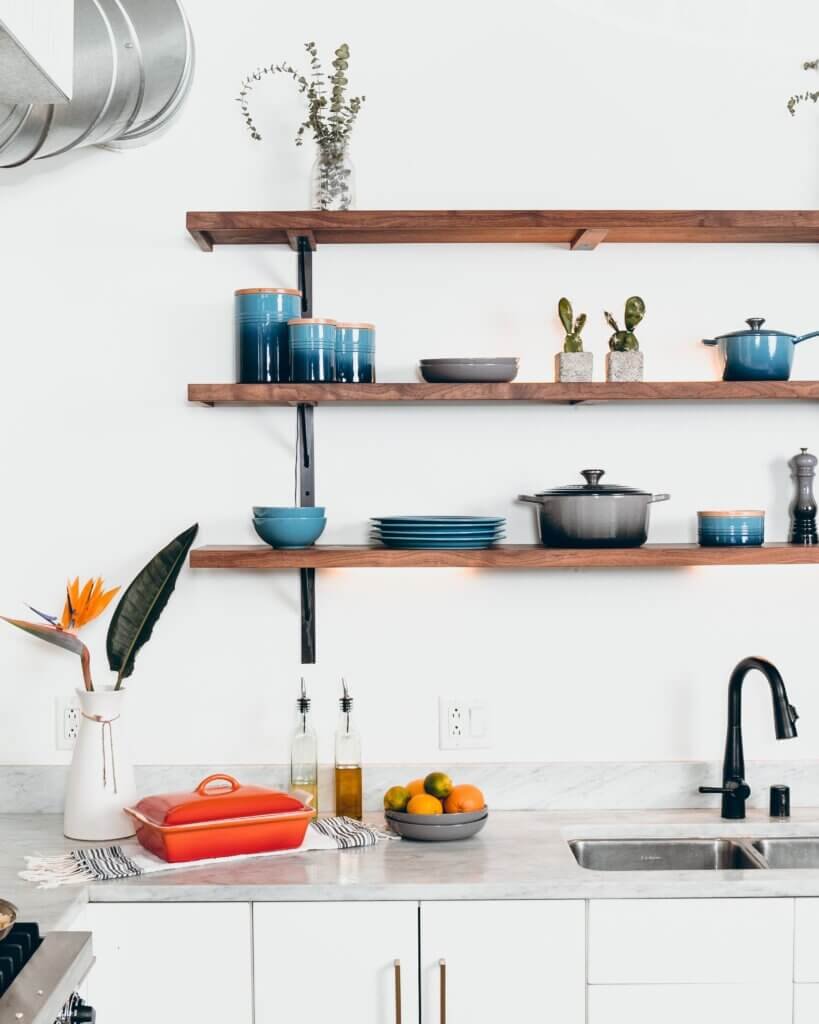
Preparing the Space
Before planting your herbs, you need to prepare the space where they will be located. Decide whether you want to keep your herb garden indoors or on a window sill. Indoor herb gardens are more suitable for kitchens with limited sunlight or colder climates, while window sill gardens take advantage of natural light. Consider the available space in your kitchen and choose the option that suits your needs best.
Creating a suitable drainage system is crucial to prevent water buildup and ensure the health of your herbs. Place saucers or trays underneath your pots to catch any excess water. Avoid letting your herbs sit in standing water for extended periods as it can lead to root rot. It’s also a good idea to elevate your pots slightly to allow air to circulate around the roots.
Proper lighting is essential for the growth of your herbs, especially if you opt for an indoor herb garden. If you don’t have sufficient natural light, consider using artificial lighting such as grow lights or fluorescent lamps. Position the lights close to the herbs, about 6-12 inches above the plants, and provide them with 12-16 hours of light per day. This will ensure that your herbs receive the necessary light energy for photosynthesis.
Planting the Herbs
Now that everything is prepared, it’s time to start planting your herbs. There are two primary methods: sowing seeds directly in pots or transplanting starter plants.
If you choose to sow seeds, fill your pots with the prepared potting mix, leaving about an inch of space from the top. Follow the seed packet instructions for sowing depth and spacing. Gently water the pots after planting to ensure the soil is moist but not waterlogged. Place a plastic cover or a clear plastic bag over the pots to create a mini greenhouse effect and promote germination. Once the seedlings emerge, remove the cover and continue caring for your herbs.
Transplanting starter plants is a quicker way to establish your herb garden. Dig a hole in the potting mix large enough to accommodate the roots of the plant. Carefully remove the plant from its container, gently loosen the roots if they are compacted, and place it in the hole. Fill in the gaps with additional potting mix and lightly press it down. Water the plant thoroughly to help it settle into its new home.
Provide proper spacing for each herb to ensure they have enough room to grow. Crowded herbs can be more prone to disease and may compete for resources. Follow the spacing recommendations provided on the seed packet or starter plant label. As your herbs grow, you can also consider trimming or pruning them to maintain their shape and encourage bushier growth.
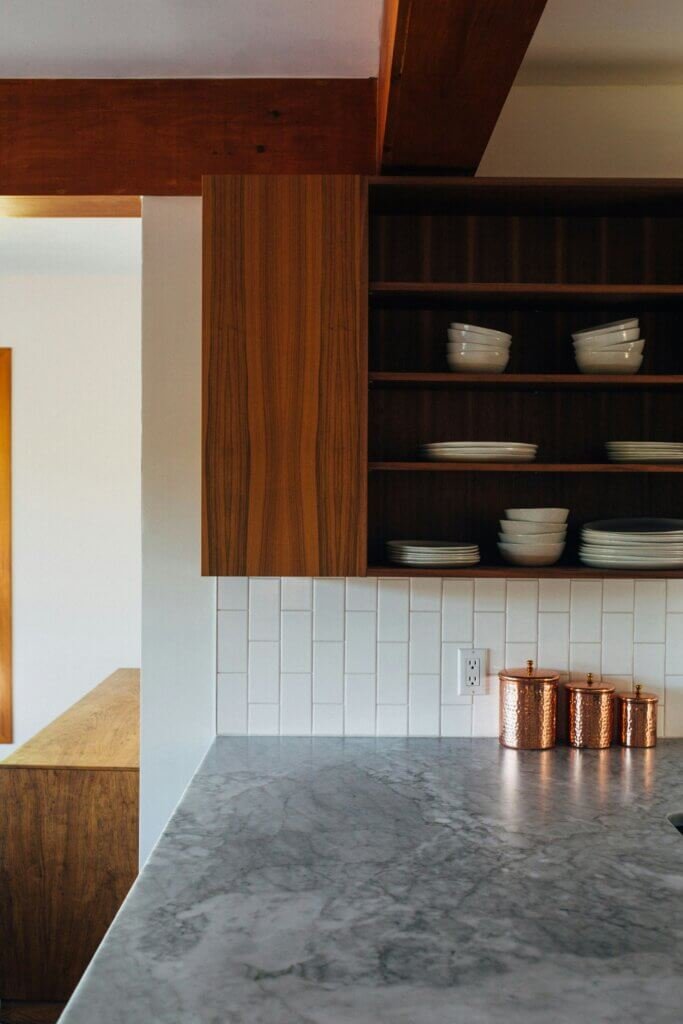
Caring for the Herbs
After planting your herbs, it’s important to provide proper care to help them thrive. Watering is a critical aspect of herb care. Check the moisture level of the soil regularly and water your herbs when the top inch feels dry. Avoid overwatering, as it can lead to root rot, but don’t let the soil completely dry out either. Aim for a consistent level of moisture that suits the specific herb’s needs.
Monitoring humidity levels is also important, especially if you live in a dry climate or have a central heating system that can cause low humidity indoors. You can increase humidity by placing a tray of water near your herb garden or using a humidifier. Some herbs, like basil, enjoy slightly higher humidity levels, so adjusting the humidity in your kitchen can greatly benefit their growth.
Fertilizing your herbs will provide them with the necessary nutrients to thrive. Use an organic herb fertilizer or a balanced liquid fertilizer every 2-4 weeks during the growing season. Be sure to follow the instructions on the fertilizer package to avoid overfeeding your herbs. Organic options such as compost or worm castings can also be used to enrich the soil and provide essential nutrients.
Pruning and Harvesting
To keep your herbs healthy and encourage growth, regular pruning is necessary. Trimming the herbs regularly will prevent them from becoming too leggy and help maintain a compact shape. Pruning also encourages bushier growth and can delay the onset of flowering, allowing you to enjoy your herbs for a longer period. Use clean, sharp scissors or pruning shears to make clean cuts just above a set of healthy leaves.
Harvesting your herbs correctly is crucial to ensure the best flavor and continued growth. Harvest in the morning when the essential oils that give herbs their flavor are at their peak. Pinch off or cut leaves and stems just above a set of healthy leaves, as this will promote branching and new growth. Avoid harvesting more than one-third of the plant at a time to maintain a healthy and productive herb garden.
If you find yourself with an excess of herbs, you can consider drying or preserving them for later use. Hanging herb bundles upside down in a well-ventilated area can allow them to air dry naturally. Alternatively, you can freeze herbs by chopping them finely, placing them in ice cube trays with a little water, and then transferring the frozen herb cubes to a freezer bag. Both methods will help you enjoy your herbs even when they are out of season.
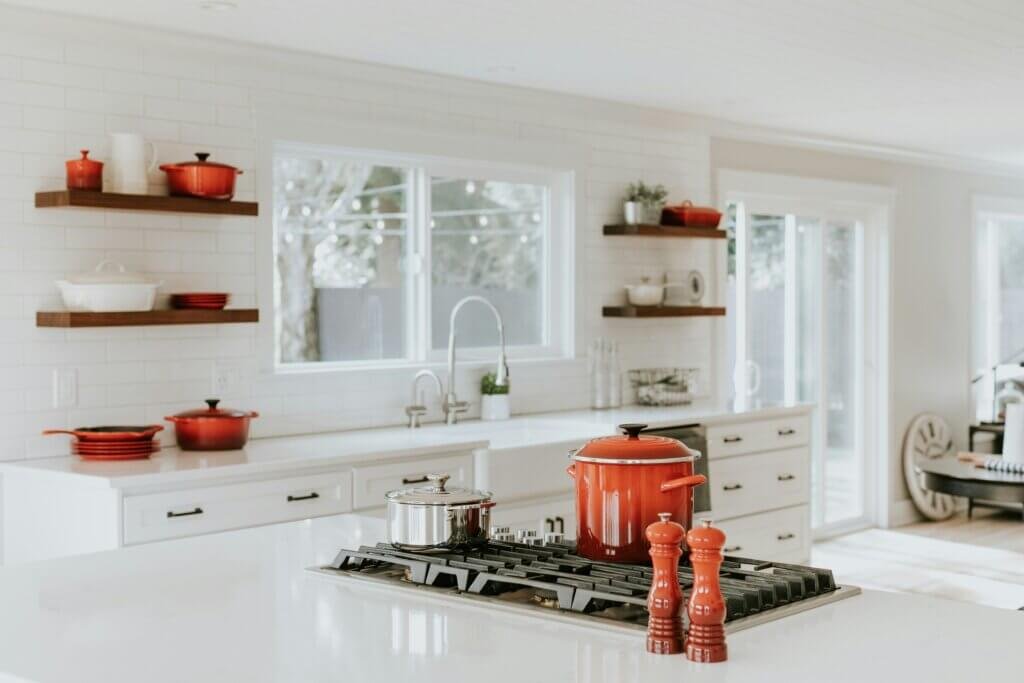
Dealing with Pests and Diseases
Just like any garden, herb gardens can sometimes encounter pests and diseases. It’s essential to be vigilant and identify common kitchen herb pests such as aphids, whiteflies, and spider mites. You can inspect your herbs regularly for any signs of damage, such as distorted leaves or webbing, and take appropriate action to control the pest population.
Using natural pest control methods is a safer and more environmentally friendly approach than relying on chemical pesticides. For example, you can introduce beneficial insects such as ladybugs or lacewings that feed on common herb pests. You can also make your own pest control solutions using ingredients like neem oil or garlic spray. These natural remedies can effectively control pests while keeping your herbs safe to consume.
Treating common herb diseases requires early detection and prompt action. Some herbs are susceptible to fungal diseases like powdery mildew or root rot. Proper watering techniques, adequate airflow, and avoiding overhead watering can help prevent these diseases. If your herbs do develop a disease, remove and destroy the affected leaves or plants to prevent further spread. Applying organic fungicides or using biological controls can also help combat herb diseases.
Troubleshooting Common Issues
Occasionally, you may encounter common issues with your herb garden that require attention. Overwatering or underwatering are common mistakes that can harm your herbs. To address overwatering, ensure that the pots have proper drainage and reduce the frequency of watering. If you notice underwatering symptoms such as wilting leaves or dry soil, increase the amount and frequency of watering, ensuring the soil is evenly moist.
Lighting conditions can also affect the growth and health of your herbs. If your herbs are not receiving enough light, they may become leggy or have pale, stretched-out leaves. Consider adding additional artificial lighting or moving your herb garden to a spot with better natural light. On the other hand, if your herbs are receiving too much direct sunlight, they may scorch or wilt. Provide some shade or move them to a slightly cooler location.
Managing excessive herb growth is a common challenge for herb gardeners. While it’s great to have a flourishing garden, overcrowded herbs may not receive adequate nutrients or airflow. Regularly thinning out your herbs by removing excess plants or trimming back overgrown stems will promote healthier growth and allow the remaining herbs to thrive. You can use the trimmed portions in your cooking or share them with friends and family.
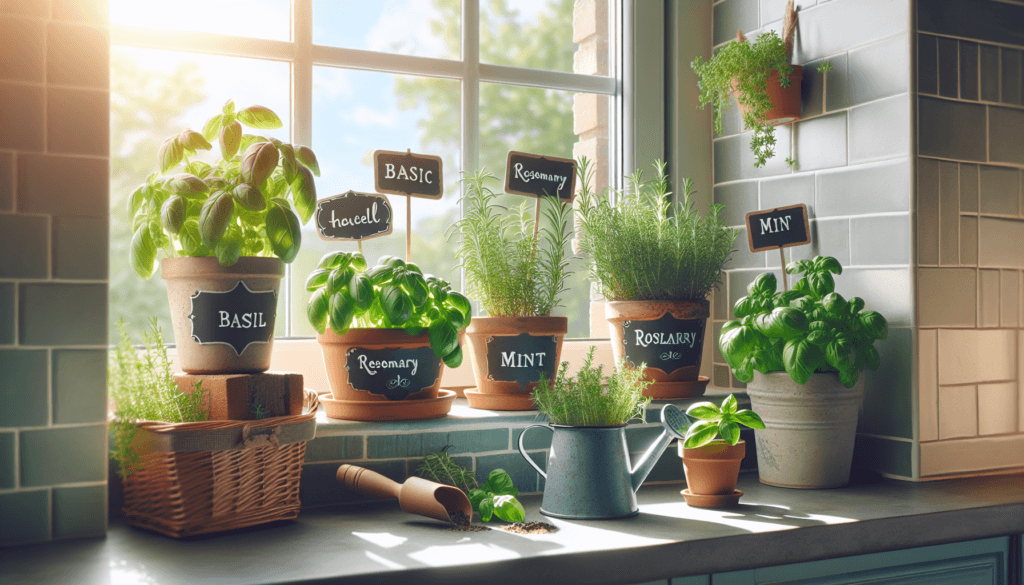
Enjoying and Using Your Herbs
The ultimate goal of starting a herb garden is to enjoy the fresh flavors and aromas of your homegrown herbs. Incorporating fresh herbs into your recipes is a fantastic way to elevate your culinary creations. Whether it’s sprinkling basil on your homemade pizza or adding cilantro to your guacamole, herbs can add that extra burst of flavor and vibrancy to your dishes. Experiment with different combinations and discover your favorite herb-infused recipes.
Apart from culinary uses, herbs can also be used to create herbal teas and infusions. Brewing a cup of mint tea or chamomile infusion using your own homegrown herbs adds a personal touch to your daily rituals. Not only do herbal teas offer delightful flavors, but they also have potential health benefits. From soothing an upset stomach to promoting relaxation, herbal teas can be a comforting and natural addition to your wellness routine.
Sharing your herbs with friends and family is a wonderful way to spread the joy of gardening. Consider gifting potted herbs or homemade herb bundles to loved ones who appreciate fresh ingredients and the beauty of nature. Sharing your knowledge and experiences can inspire others to start their own herb gardens, creating a community of herb enthusiasts who can exchange tips and tricks to collectively enjoy the rewards of homegrown herbs.
Expanding Your Herb Garden
Once you have mastered the art of growing herbs in your kitchen, you might find yourself wanting to expand your herb garden further. Consider adding additional pots or containers to accommodate more herbs. You can experiment with different herb combinations or grow multiples of the herbs you use most frequently. By expanding your herb garden, you will have an even wider variety of fresh flavors at your fingertips.
Exploring vertical garden options is another way to maximize space in your kitchen. Vertical gardens utilize wall-mounted planters, hanging baskets, or even repurposed pallets to grow herbs vertically. This not only saves valuable counter or floor space but also creates an attractive and functional display. Vertical gardening allows you to grow a greater quantity and variety of herbs while adding a unique visual element to your kitchen.
Finally, don’t be afraid to experiment with new herb varieties. While you may have started with the traditional basil and parsley, there is a vast world of herbs waiting to be explored. Venture into lesser-known herbs such as lemon balm, lemon verbena, or tarragon. Each herb offers its distinctive flavors and characteristics, expanding your culinary repertoire and adding excitement to your herb garden.
Starting a herb garden in your kitchen is a rewarding and fulfilling experience. With the right herbs, supplies, and care, you can enjoy fresh and flavorful herbs right at your fingertips. So roll up your sleeves, gather your supplies, and get ready to embark on a delightful journey of kitchen herb gardening. Happy gardening!
